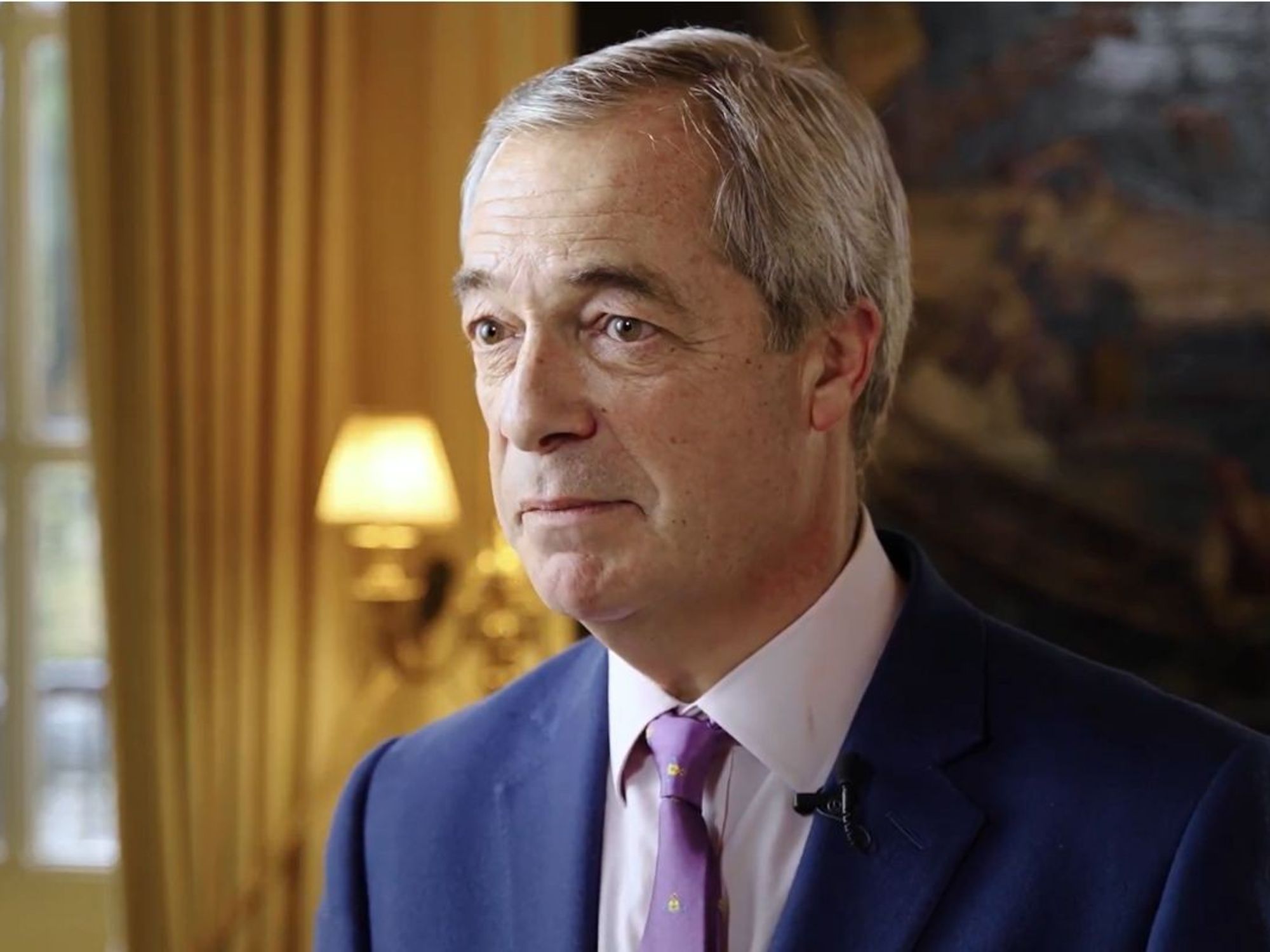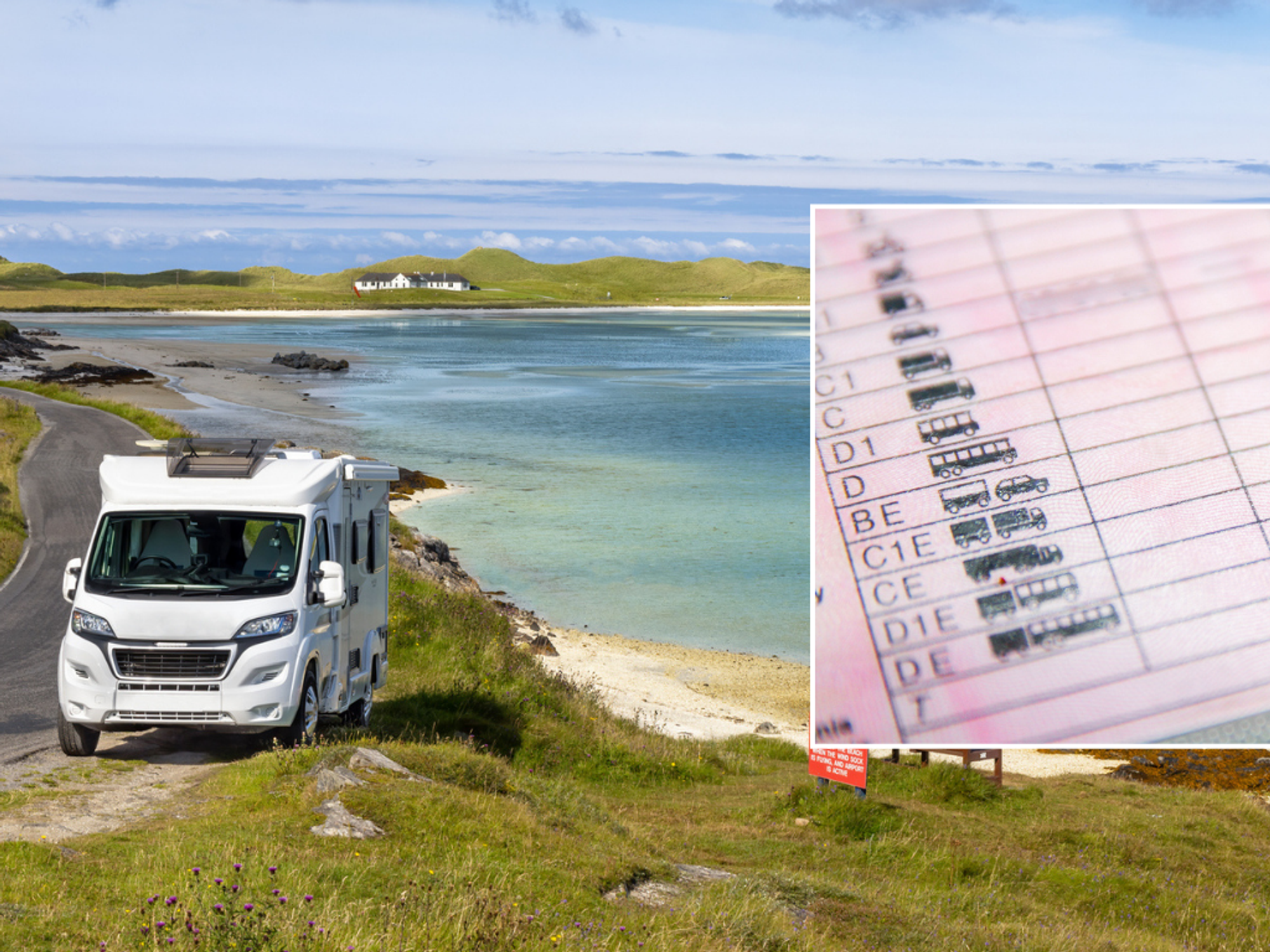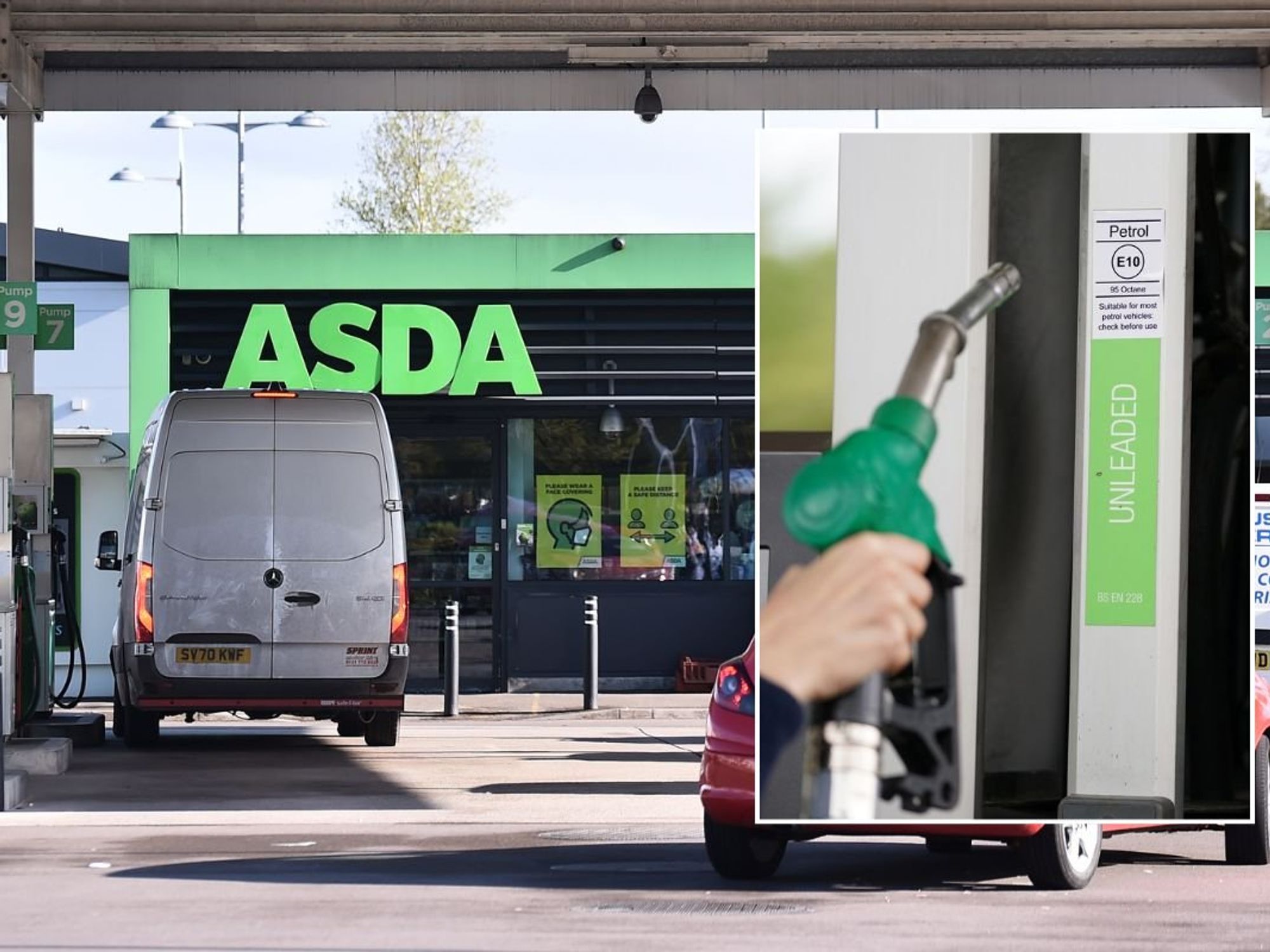Drivers find out 'hidden meaning' behind number plates before September rule change
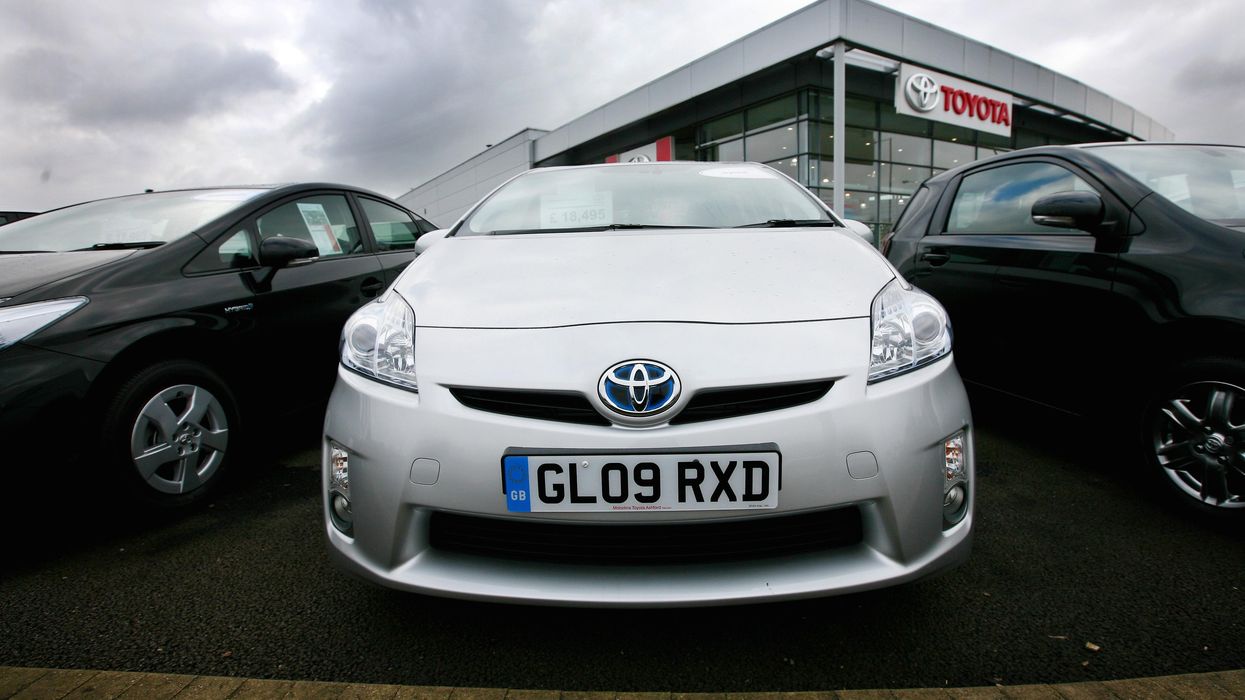
Number plates follow a specific set of standards
|PA

The format of UK number plates has been the same since 2001, with all cars coming with a standard arrangement from registration
Don't Miss
Most Read
Latest
Number plates are required to show the registration number correctly, with drivers being forbidden from rearranging the numbers and letters, according to GOV.UK
The format of UK number plates has been the same since 2001, with all cars coming with a standard arrangement from registration.
These licence plates will consist of two letters, two numbers and ending with three letters.
The first two letters refer to the region in the country where the vehicle was first registered.
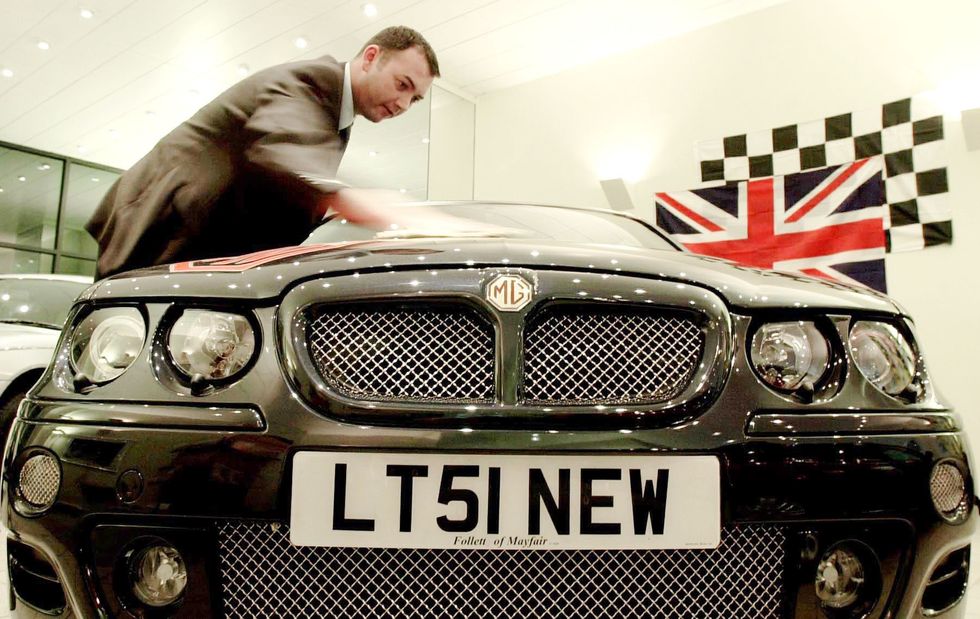
New number plate identifiers are being unveiled next month
|PA
The two numbers determine which year it was issued, with the most recent plate being “23” and the “73” plate being introduced in September.
Drivers will see that the last three letters are chosen at random, and do not mean anything.
Some of the region identifiers include “B” for Birmingham, “E” for Essex, “V” for Severn Valley and “Y” for Yorkshire.
If plates are incorrectly displayed, motorists can be fined up to £1,000 and the vehicle will fail its MOT test.
Jon Kirkbright, sales director at Private Number Plates, said: “While many people will be aware that the numbers refer to the year the car was made and registered, they may not know that the letters before them also have a hidden meaning.”
Drivers can buy a personalised number plate, although this may be expensive, especially if it is a rare and sought-after combination of letters and numbers.
There are four different types of basic styles of registration for personalised number plates, with a “current” style matching the standard format.
A “prefix” plate was used between 1983 and 2001, with the first letter on the plate indicating its age. For example, the RAC state that a plate beginning with “G” was registered in August 1989.
So-called “suffix” plates were used between 1963 and 1983, with the last letter showing how old it is, with “C” meaning it is from 1965.
The most valuable and coveted plates on the market are “dateless” plates, which have no indication of the vehicle age, such as “1AB”.
Motorists will receive a certificate of entitlement (V750 form) from the DVLA which allows them to put the plate on their car.
Any number plate must be made out of a reflective material, not have a background pattern, not have an altered font or spacing and not make the car seem younger than it is.
LATEST DEVELOPMENTS:
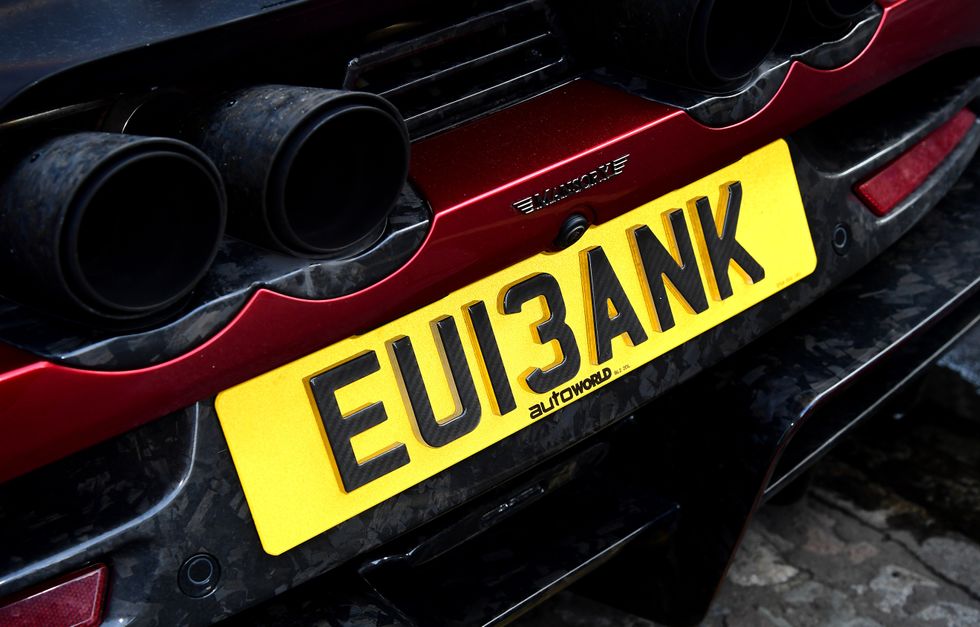
Chris Eubank Junior's personalised number plate
|PA
The original age-related plate will be automatically deactivated by the DVLA once the new plate has been registered.





